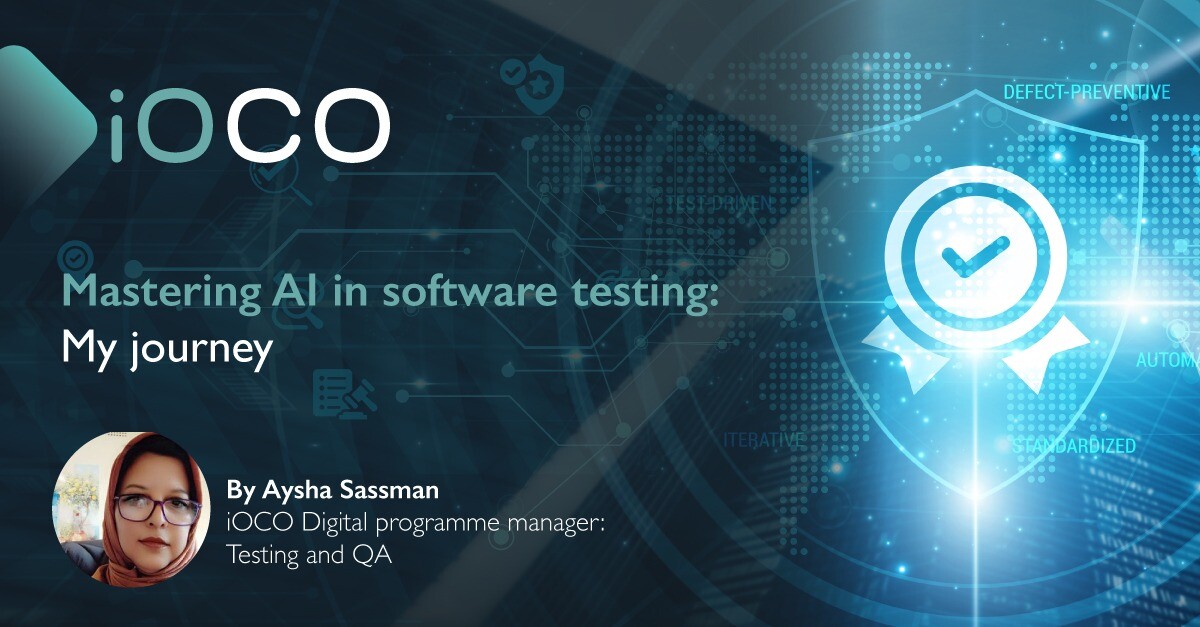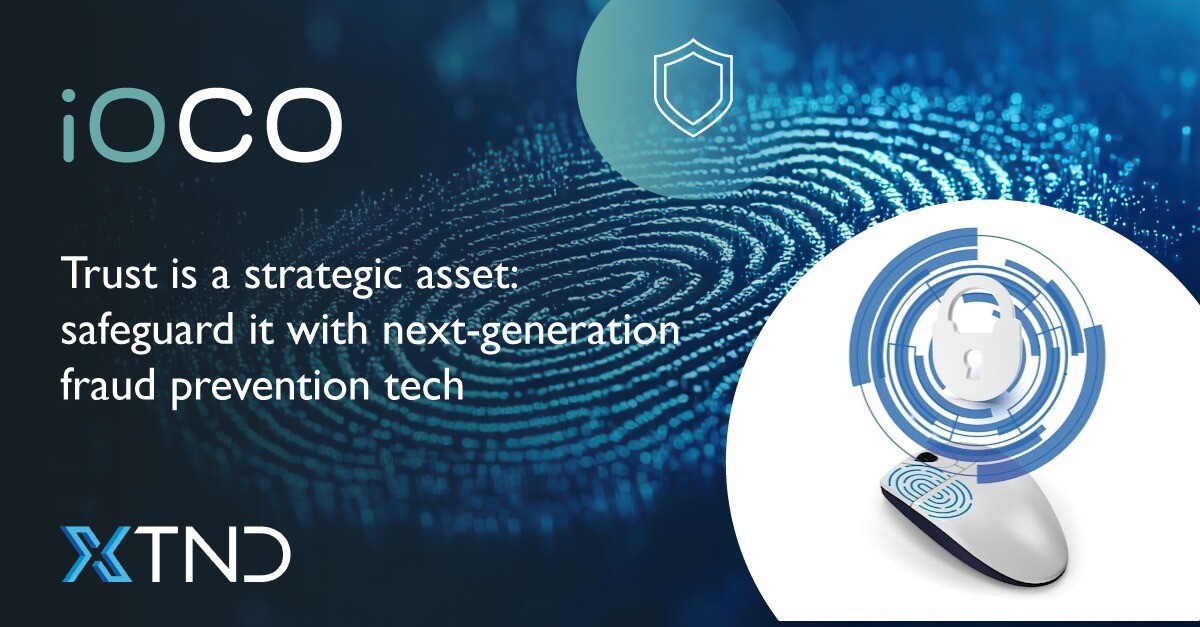When it all comes together.
Your strategic advantage.
We offer end-to-end services that guide your strategy, build your applications, and manage your infrastructure for peak performance. Partner with an organization that takes ownership of your entire technology lifecycle.
The next evolution of IT
For years, cloud and security have been equally important but separate line items in the corporate budget, managed by different teams, often with different strategies…
10 cloud and AI roadblocks, and the smart ways to solve them
Companies are excited by the opportunities offered by the cloud and AI, but they’re also asking the right, tough questions. Here are the 10 most…
Your AI strategy is dead. So is your cloud strategy. Long live the intelligence infrastructure strategy
For years, organisations have built separate roadmaps: One for cloud adoption, another for artificial intelligence. The cloud team talks about workloads, cost optimisation, and scalability.
Getting past the ‘marketecture’ for better data storage value
Storage is a significant and generally mission-critical investment. In an increasingly financially constrained environment, getting storage procurement right takes proper planning and a long-term view…
Enterprise networks enter the dynamic era: adapt now or risk being left behind
Enterprise Networks Enterprise networks are evolving at an unprecedented speed. We saw a dramatic change in the move to cloud computing and software-defined networking. However,…
Business risk a key driver for SMEs to move to ITaaS
Risks and Business Organisations around the world — particularly small and medium enterprises (SMEs) — are increasingly adopting the IT as a Service (ITaaS) model…
Future Engineered by Her: iOCO equips high school girls to lead in tech
The event brought together industry experts and tech organisations including Belgium Campus Diversity, 5G Aviation Group, and Sci-Bono, giving students a hands-on experience of what…
Shifting Gears: Why Your AI Systems Need a Security Makeover
Remember when cybersecurity meant checking for SQL injections and making sure your firewall was configured correctly? Those days feel quaint now. As AI systems become…
Solving SA CIOs’ digital dilemma: transforming legacy systems from burden to bridge
South African chief information officers (CIOs), particularly those in sectors like banking and insurance, are grappling with a dual reality. On one side is the…
What BlackBerry’s fall teaches us about AI and software testing
I recently watched the Netflix documentary BlackBerry, and it got me thinking. As I witnessed it unfold, I couldn’t help but draw parallels to our…
My journey of resilience: Learning from Ikigai in the age of AI disruption
A few years ago, as the buzz around AI started growing louder in the tech world, I began to feel a sense of unease. Everywhere…
Trust is a strategic asset: safeguard it with next-generation fraud prevention tech
SA’s financial ecosystem, with its dynamic changes, battles against a significant threat: white-collar crime. The risk of corruption poses a challenge, affecting financial stability and…













